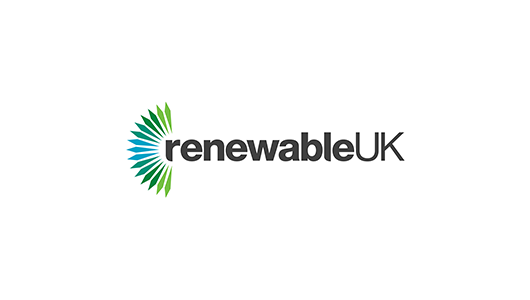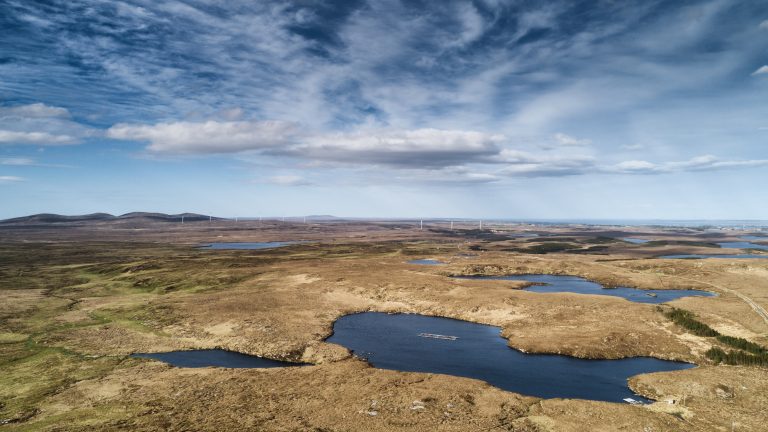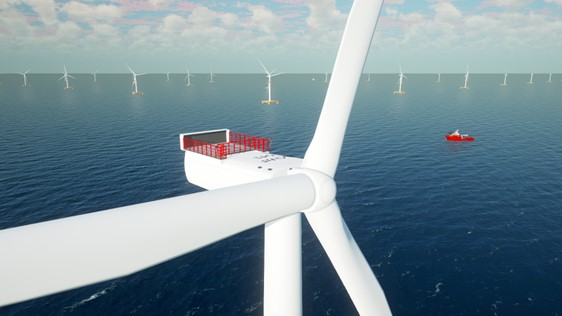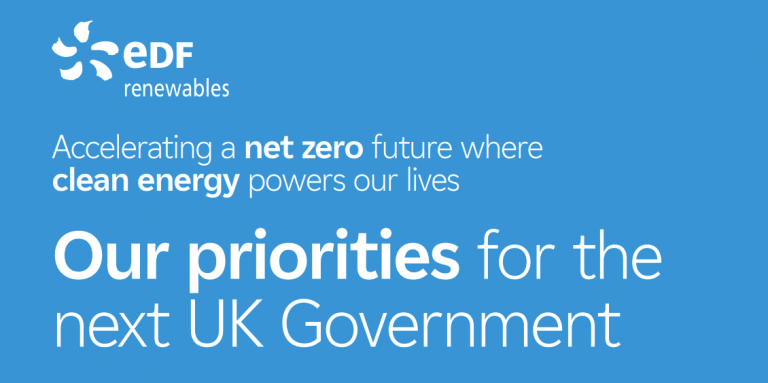We are a relative newcomer to the Irish energy market, but we have ambitious plans to grow our pipeline of wind and solar projects, in support of Ireland’s Climate Action Plan targets to generate 80% of electricity from renewable energy by 2030. Kevin Daly, our Head of Development for Ireland, explains some of the opportunities and challenges facing the onshore wind sector, in particular, in Ireland.
A version of this Q&A first appeared in the Renews special for WEI 2022.

Q. What are EDF Renewables’ targets for onshore wind construction in Ireland this decade and what is the company’s strategy for achieving this?
A. Our aim is to deliver up to 10% of the 4GW of onshore wind targeted in the most recent Climate Action Plan for 2030. To achieve this, we’ve accumulated around 1GW of early-stage projects that we’re assessing and hope to submit to planning in the next few years.
It’s a very exciting time for us as we continue to grow not just our pipeline but our business footprint in Ireland. Since entering the market in 2019 we’ve continued to grow our team and Minister for the Environment, Eamon Ryan TD, officially opened our new office in Dublin last September.
Our onshore wind portfolio includes recently announced projects in Mayo, Clare and Carlow, and our pipeline is well spread out around the country. We’ve a talented team who are all working extremely hard to complete EIAR and planning work, and consulting extensively with local communities, to have our first onshore wind projects operational by 2026.
Q. What is the state of the renewable energy industry in Ireland?
A. Ireland’s renewable energy industry is at a pivotal juncture, one where the possibilities have never been so great, nor the challenges so tough. We have a unique opportunity in the coming years to end our reliance on imported fossil fuels and become a net exporter of low-carbon energy. With energy security set to be a key economic driver over the next decade, transitioning to an electrified economy with security of supply will also make us more attractive to foreign direct investment.
Q. How big a role can onshore wind play in the context of Irish energy security, and should the government increase 2030 targets?
A. Onshore wind has a critical role to play in extending and safeguarding Irish energy security and ensuring the government meets its Climate Action Plan targets. The wind industry has long championed onshore wind energy not only as a means of fighting the climate crisis and reducing energy costs, but also as a way of increasing energy independence. It’s quicker and cheaper to deploy than most other forms of energy and should be at the heart of Ireland’s energy security strategy.
This doesn’t necessarily mean we need to increase our targets, which under the Climate Action Plan are already suitably ambitious. Between ourselves and other developers there are also more than enough projects in the pipeline to meet those targets. But it does mean we must focus on removing existing barriers to the rapid roll-out of onshore wind across the country.
Q. What is the chief barrier to onshore wind deployment in Ireland and what should be done to address it?
A. There are two main obstacles that must be overcome if Ireland is to enable the rapid roll-out of onshore wind and meet its 2030 targets. First, there is an urgent need to build new, high-voltage grid infrastructure to increase the system’s capacity as generation (and new demand) come online and the risk of constraints and curtailment increases. Any effective management plan to minimise the risk to renewables and the system as a whole must include the construction of additional grid infrastructure.
The other ongoing issue facing the renewables industry as a whole – not just onshore wind – is delays in the planning system, and this is being driven by a lack of resources and appropriate expertise. We are already seeing significant backlogs with regard to planning decisions, and the government must ensure that local planning authorities and An Bord Pleanála are adequately resourced to deal with the large volume of planning applications coming down the line.
Q. The financial difficulties being experienced in the renewables supply chain are well documented. What is the role of developers in ensuring there is a sustainable supply chain to support the delivery of onshore and offshore wind projects?
A. The key to building out the supply chain is to provide long-term stability as a market, so again it goes back to tackling the issues that are holding us back as an industry and preventing renewables in Ireland from reaching its full potential. If, as an industry, we can provide that long-term stability and certainty, with a growing number of projects coming online in an efficient way, then suppliers will find Ireland a more attractive place to do business and price accordingly.

Head of Development for Ireland






